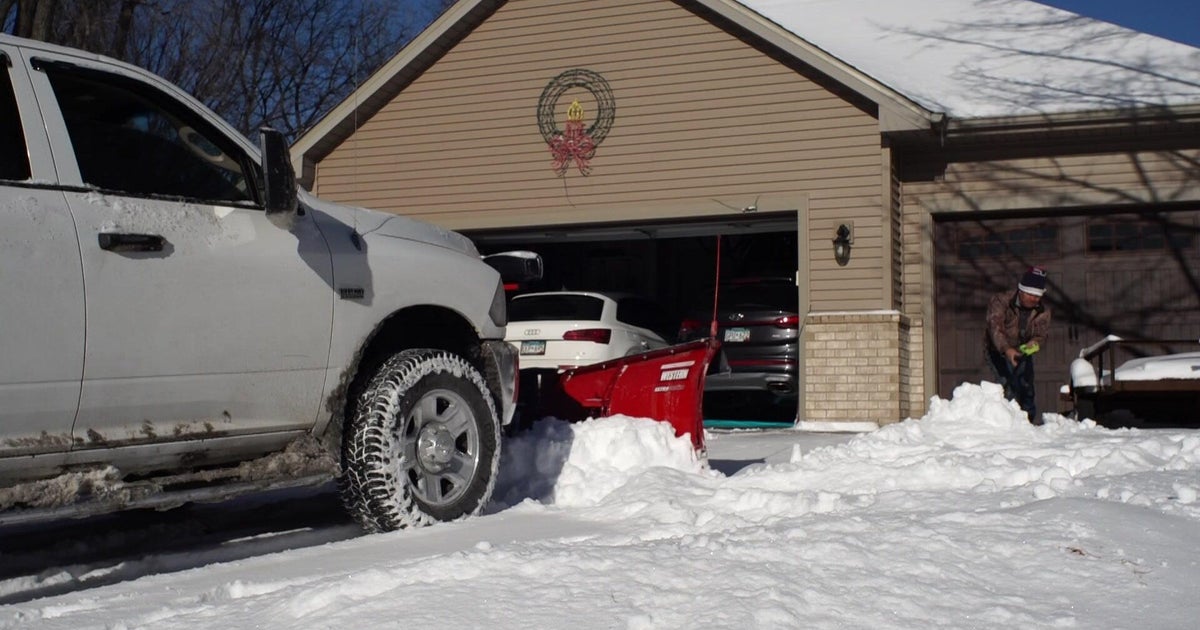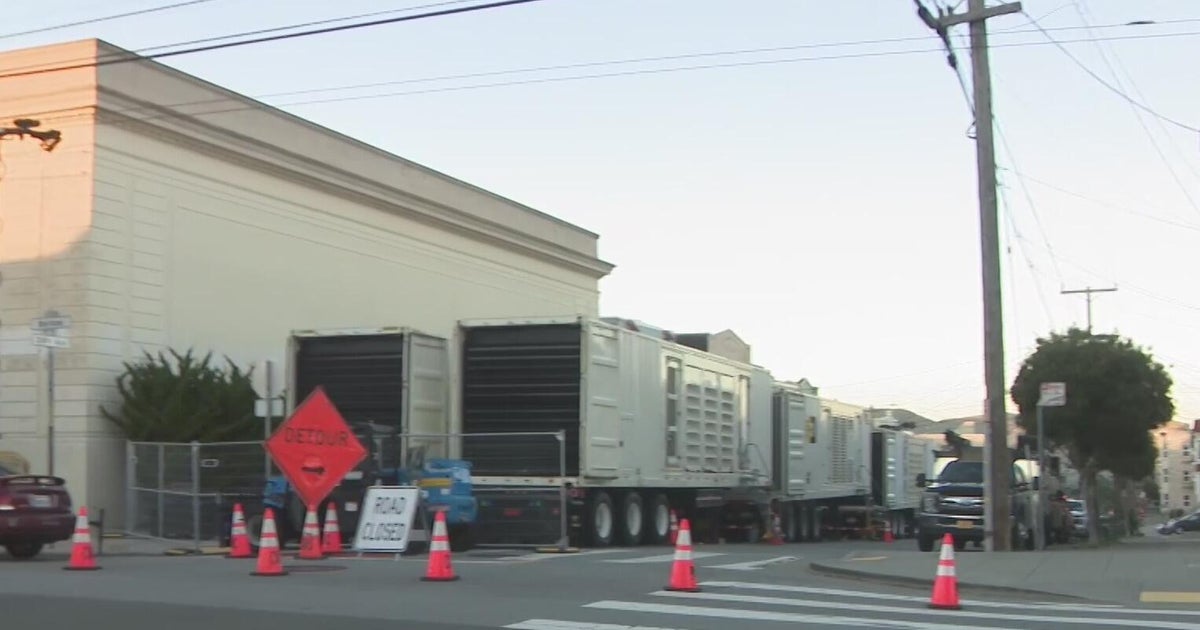What happens to balloons that are released outside?
MAPLE GROVE, Minn. — No matter if it's done in memoriam or celebration, it creates a problem floating across the country.
As we wrap up Earth Month, Ronnie from Ellsworth wants to know: What happens to balloons that are released outside? And how do they impact the environment?
Visually, they can be awe-inspiring. Symbolically, balloon releases mean more than just a colorful display drifting into the sky.
"You're releasing emotion, sorrow, you know, you're sending something up to heaven," said Kristin Traynor, owner of The Corner Balloon Shoppe in Maple Grove. "But they're not healthy for the environment."
So what happens when balloons take to the sky?
"I know they go up until the pressure just basically explodes them, and they come back down in spaghetti pieces," Traynor said.
Helium-filled balloons can float for up to several hours or days depending on the material. When floating out in the open, however, their lifespan is cut short by the increased pressure at higher altitudes or encountering structures in the surrounding environment.
Releasing balloons is like slowly littering potentially miles from where the person let them go.
"We try to deter people," said Traynor, adding that she does sympathize with why people want to release balloons.
Olivia Reda works for the Alliance for the Great Lakes, a nonprofit with a mission to protect the massive bodies of water spanning the Midwest.
"Some of the impacts might not be readily known to folks when they're doing balloon releases," Reda said.
All too often, waterways end up as landing zones for balloons or pieces of them.
For 20 years, the nonprofit had cleanup crews track the litter found along Great Lakes shores.
"Throughout those years, the total number of balloons we found was 118,887," she said.
Hundreds of thousands, if not millions of tiny pieces of plastic were also found. Reda said it's likely some of those pieces were from balloons.
Are balloons biodegradable? Yes, but not all of them. The shiny, foil Mylar balloons never break down, only becoming smaller pieces of plastic. The standard latex balloon is biodegradable but takes several months to break down. Sadly, animals often eat or get tangled up in their remnants.
"Especially with sort of like latex balloons, they might even look kind of like things in the water that they would normally eat," Reda said.
The plastic pieces in balloons that don't break down become microplastics. Those can end up in water sources like lakes and rivers that people use for drinking.
Mylar balloons present another danger. Their metallic coating conducts electricity and can cause an outage or fire if they hit a power line. That specific issue led California to ban them.
There are 10 states in the U.S. with laws against balloon releases, many along the country's coastlines like Delaware, Maryland, Virginia and Rhode Island. The exceptions to the law include hot air balloons or scientific research like weather balloons. There are also several cities across the country with balloon release bans as well.
"You just got to be responsible," Traynor said.
Laws or not, some are taking action. Several colleges, like the University of Nebraska, have stopped balloon releases at football games.
People are also exploring sustainable ideas to honor loved ones like planting trees.
"A tree is nice because that's something that would kind of, you know, last into the future," Reda said.
Traynor suggests dropping flower petals into a pond or stream.
"You'll see (the petals) disperse kind of like the balloons. It'll give you that same feeling, but be healthy," she said.









